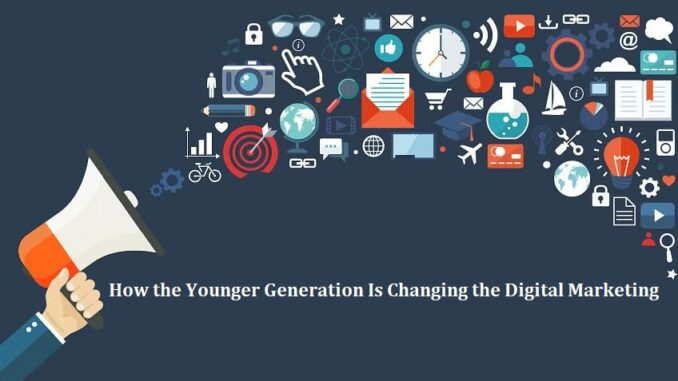
In the evolving digital marketing landscape, the younger generation is not just passive recipients of marketing tactics but active participants in reshaping the marketing game. With a significant shift towards the , among others, the impact of Gen Z and young millennials on the advertising world is colossal and compelling. Here’s how this tech-savvy, socially aware generation is transforming digital marketing.
1. Embracing Authenticity
The younger generation craves authenticity, and this preference has precipitated a significant shift in how brands approach marketing. Gone are the days of polished, picture-perfect advertisements that hold little resemblance to the everyday life of their audience. Today’s youth are likelier to gravitate towards brands that show a more realistic, unfiltered side of life. They appreciate raw, candid content that resonates with their own experiences.
This push for authenticity has prompted brands to abandon traditional, high-gloss advertising and instead opt for genuine, relatable content. Brands are urged to act more like people, engaging in a dialogue with their audience rather than bombarding them with sales pitches. This honesty in representation makes the brand more relatable and builds trust, a key factor in fostering loyal customer relationships.
2. Encouraging Social Responsibility
Gen Z and young millennials are highly aware of social issues and advocate for equality, sustainability, and social justice. They tend to support brands that align with their values and contribute positively to society. Consequently, more and more companies are incorporating social responsibility into their marketing strategies. This shift has led to increased cause marketing, where brands collaborate with non-profits or champion social causes that resonate with their target audience.
3. Utilizing Micro-Influencers
This younger demographic has spurred the rise of micro-influencer marketing. Unlike traditional celebrities, micro-influencers are everyday individuals with a modest but engaged following on social media platforms. Their followers view them as relatable and trustworthy, leading to higher engagement and conversion rates. The success of micro-influencers demonstrates that in the digital age, influence is not just about the size of one’s audience but the strength of the relationship with that audience.
4. Prioritizing Experiences
The younger generation is known for prioritizing experiences over material possessions. They are drawn to immersive, interactive content that offers an experience, not just a product or service. Brands have responded by creating more experiential marketing campaigns that engage customers uniquely and uniquely. This trend toward experience-driven marketing has seen a rise in VR and AR technologies, live events, and interactive online experiences.
5. Driving Short-Form Video Content
The explosion of TikTok’s popularity among the younger generation underscores their preference for short, visually engaging content. These bite-sized videos are quickly consumed, easily shared, and highly entertaining, catering to the fast-paced digital environment in that Gen Z thrives.
As a result, brands are exploring new ways of communicating their messages in succinct, visually compelling formats, transforming the way stories are told in the digital space. Among these brands, AdRoll has made strides with its TikTok advertising capabilities. Their website states, “AdRoll simplifies paid advertising by maintaining your campaigns across TikTok.”
The younger generation, with its unique preferences and values, is reshaping the world of digital marketing. Brands willing to listen, adapt, and innovate based on these new trends stand to benefit the most in this evolving landscape. It’s clear that Gen Z and young millennials are not just today’s target audience but also the trendsetters of tomorrow’s digital marketing landscape.
Share and Enjoy !
The post How the Younger Generation Is Changing the Digital Marketing appeared first on ST Hint.

Leave a Reply